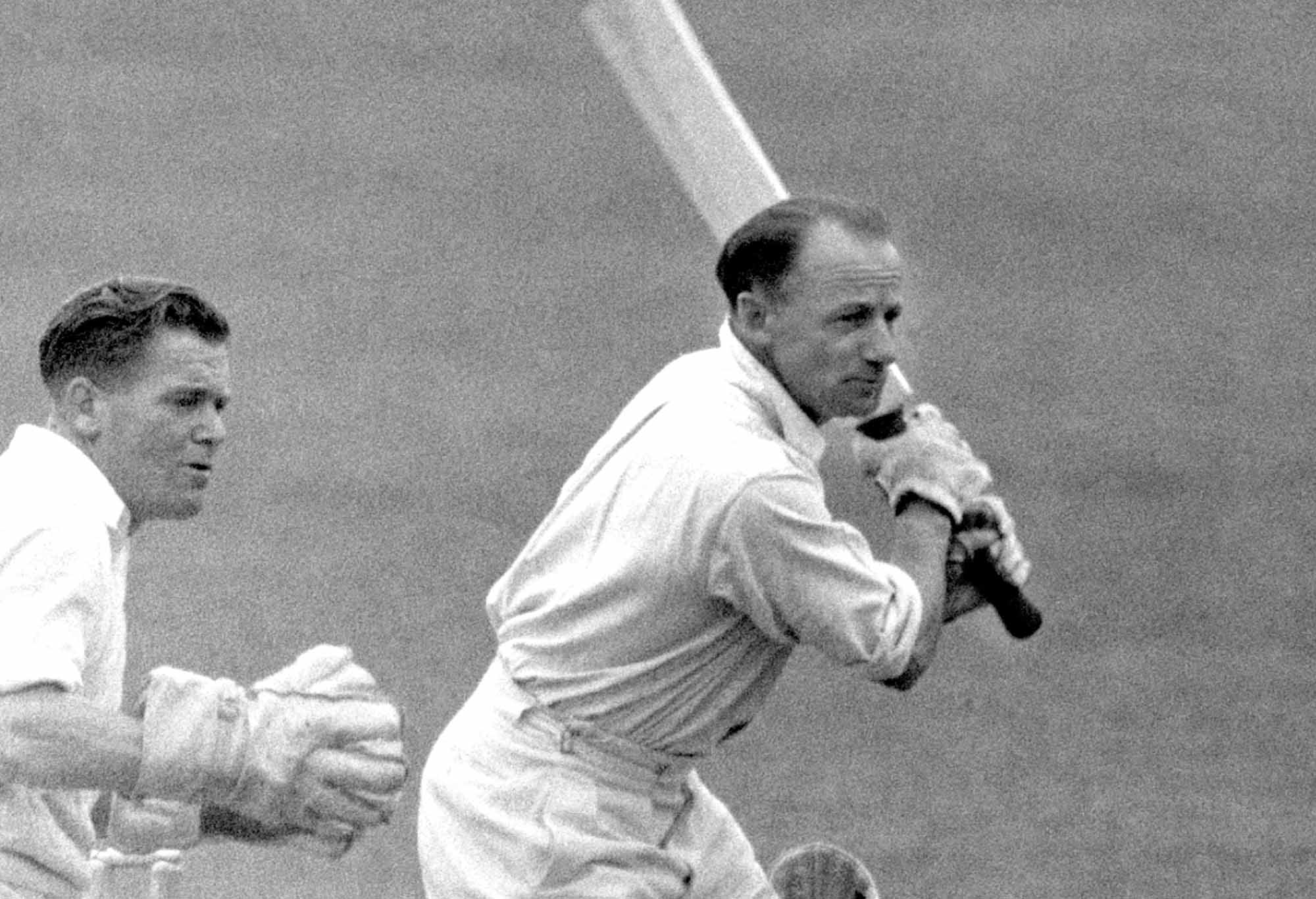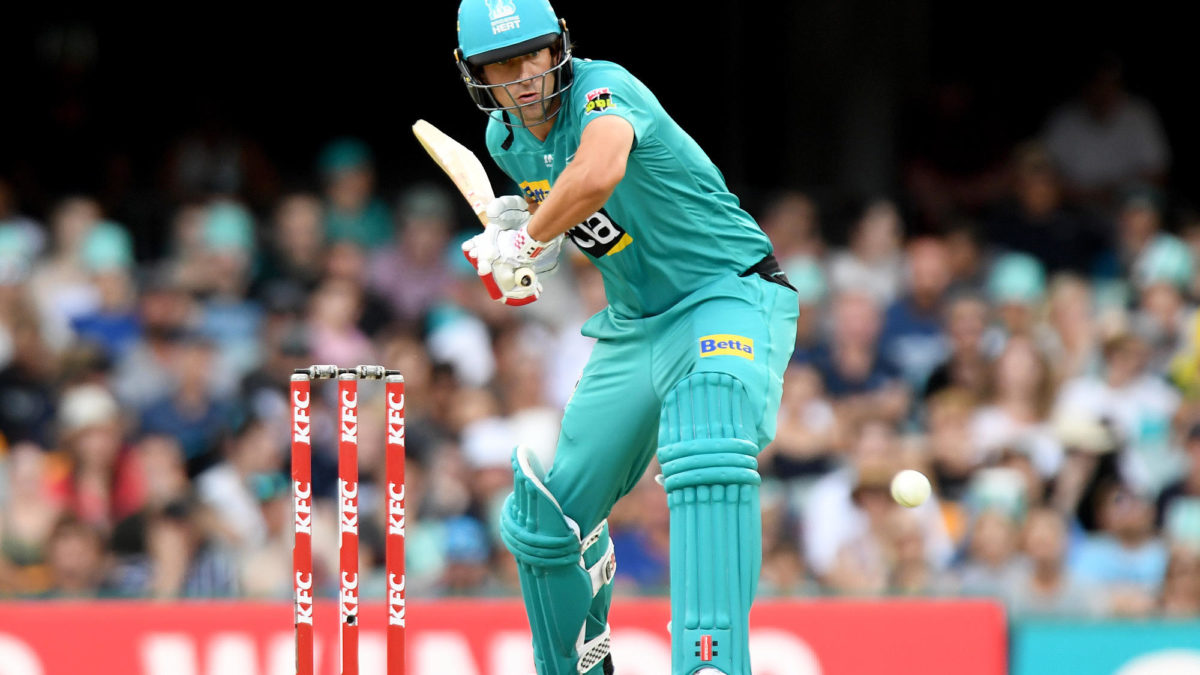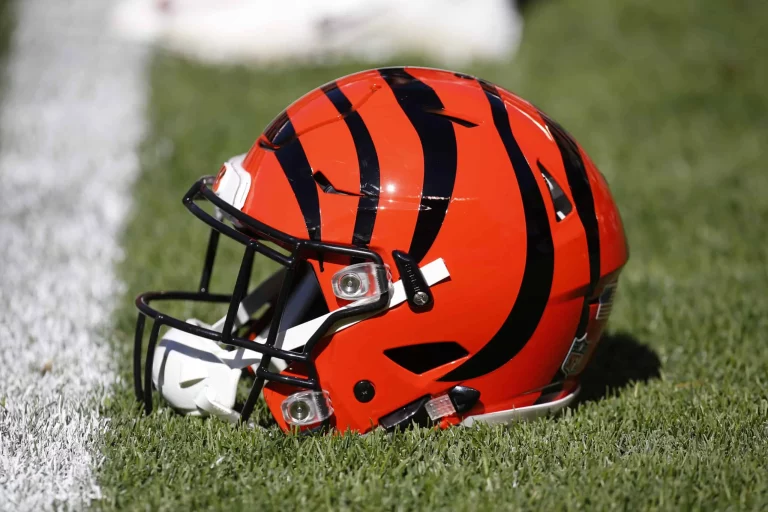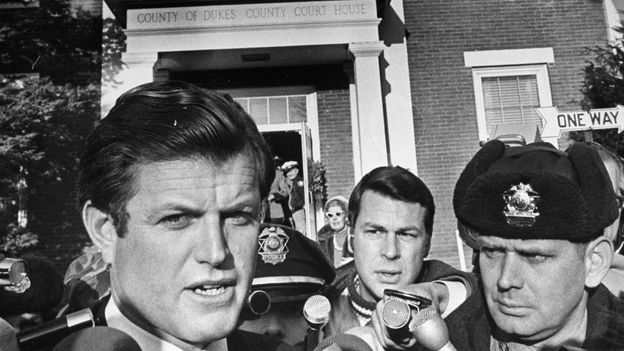The first half of July was an extremely busy period for the cricket lovers of the world. Millions of people are enjoying the Anglo-Indian rivalry, where the initiative seems to change hands after every session.
For the West Indies, their home series against the Aussies turned out to be a disaster, as the continuous good work of their bowlers was ruined again and again by some abysmally poor batting displays.
Over to Africa, Zimbabwe proved no match for the second or third-string South Africa team; yet again raising demands from some quarter for the two-tier Test structure.
There was excitement outside the cricketing world as well, with Wimbledon tennis and the World Club Cup (Soccer) going on.
In this scenario, it was somewhat accidental, and perhaps a bit lucky, that my attention was drawn to a relatively low profile cricketing event.
The European Qualification for the T20 WC 2026 was finalized with Netherlands (the hosts of the qualification event) and Italy (somewhat surprisingly) booking their tickets.
Now, Netherlands is a bigger fish in the smaller pond of Associate level cricket. Way back in 1986 and 1990, they finished runners-up in the ICC trophy, losing to Zimbabwe in the final on both occasions.
Then they finished third in the 1994 event thus qualifying for 1996 WC in the subcontinent.
While, their Test prospects aren’t very bright, they have retained their position as a strong Associate member country very well.
In contrast, Italy, the Azzurris of cricket, are going to make their debut in a major cricketing event and it’s a remarkable achievement given that they only became an associate member in 1995.
Their spinners played a big part in their success; and they are expecting plenty of turns in the pitches of India and Sri Labnka as well.
Of course, being an Azzurri supporter in football, I am eagerly looking forward to their cricketing debut at the world stage. And I am sure there are many who feel delighted to see a new cricketing nation making it to the elite level.
Some would see it as a part of globalisation of the game. In Italy, it should be a great boost their small cricket infrastructure; and yet, I have my doubts about the long term value of this success. But, more about that later.

Joe Burns celebrates after reaching his century in Canberra in 2109. (Photo by Ryan Pierse/Getty Images) (Photo by Ryan Pierse/Getty Images)
The Name is Burns: Joe Burns
In the process of writing this piece, I took a good look at the formation of the Azzurri team; and one name stood out; the skipper Joe Burns – originally from Queensland, Australia.
The Queenslander had made his Test debut on Boxing day test India at the MCG in 2014, becoming an instant success.
He notched three hundreds in quick time; but then struggled against South Africa. A brief return to form saw him smash 180 at Canberra against Sri Lanka but still his Aussie career was over before the end of 2020.
After gradually drifting away from spotlight, he decided in 2024 to represent Italy in cricket. He soon made his mark scoring 108* off 55 balls, albeit against Romania.
And although his contribution with the bat at The Hague was fairly modest, his leadership, especially in the critical match against Scotland was inspirational.
Interestingly, Burns, 35, is not 100% sure that he would feature in the big event next year. But, there is no doubt that he has already ensured himself a place in Italian cricketing folklore. Surely, if Italy gets a fixture against the mighty Aussies, then Burns would love to be there to face his old friends.
Burns is not the first Italian cricketer to have an Australian connection. Michael DiVenuto, after his unsuccessful bid to establish himself in the baggy green cap, had a stint with Italy.
And all the Aussies with Italy connection proudly remembers that Don Bradman’s great-grandfather was from Genoa.
Emilio Gay, who had made his Italy debut during this qualifying event; has strong England connection; currently playing for Durham. He was also part of the England Lions team to face the India A team in May. For Italy, he scored a half century in the vital match against Scotland.
Grant Stewart, a fast bowling all-rounder was born in Western Australia; but now plays for Kent. He made his Italy debut in 2021, having qualified via his Italian mother.
The Manenti brothers (Ben and Harry) have their background in Tasmania. Right-arm fast bowler Giah-Piero Meade is from South Africa. The “Diaspora’ team also includes name likes Zain Naqvi, Syed Naqvi, Zain Ali, Jaspreet Singh, Chrishan Kalugamage; and it’s not difficult to guess the background of these players.
Interestingly, Wayne Madsen, one of Italy’s most established batters missed the event due to his commitment with Derbyshire. Madsen, who comes from a cricketing family in Durban, once considered an England prospect, is fully expected to feature in the main event next year.
So, it will be a cosmopolitan Italy that will take the field as they would create history during the India/SL World Cup.
Back to Burns and the media loves such stories and he is not a unique case.
Faoud Baccchus, Ed Joyce, Corey Anderson, are just a few examples of players who after representing a major cricket team, then move to an emerging nation.
Twelve years after playing against Akram Khan’s Bangladesh, for England A in 1995, David Hemp, the left-hander from Glamorgan, played for Bermuda against the Tigers during the 2007 World Cup. The Tigers team included Tamim Iqbal, Akram’s nephew.
But my favorite story in this regard is that of Nolan Clarke from Barbados. When Clarke, 25 at the time, scored 159 playing for Barbados against Mike Denness’ England in early 1974; Wisden predicted a long glamorous international career for the Bajan.
Indeed, he enjoyed an unusually long international career; not with the Windies, but with the Netherlands. From the late 1980s onwards, he enjoyed a Viv Richards like status in Associate level cricket.
Then, in the 1996 World Cup he made his ODI debut at the age of 47; and although he managed a paltry 50 runs in five outings, he received much media attention.
Interestingly, it was his unbeaten hundred against Bermuda, at Nairobi in 1994, that had helped the Dutch secure the third and the final qualifying spot for the 1996 World Cup.

Sir Donald Bradman. (PA Images via Getty Images)
Stories like Clarke and Burns make excellent reading; but they also highlight a major issue with emerging teams from Europe and North America. Most of these teams are heavily dependent on their imports. Without proper local participation the best we can hope for is a Netherlands like case.
The case is very similar for Italy; it’s basically the immigrants from more established cricketing powers who are carrying the game in Italy. The interest from the true ‘Romans’ seem minimal.
Also, the game is more popular in northern region with Milan the unofficial cricket capital of the nation. Milan, by the way, has already produced an England captain, in the form of Ted Dexter. Interestingly, one northern city Monfalcone, with a sizeable Bangladesh community, banned cricket last year. There are other Italian cities where Cricket is partially banned or discouraged.
At the end, without sounding too critical, I would say that despite their recent success, Italy has a long way to go before becoming a serious cricketing nation.
But at least for the time being we can forget the potential future problems and say loudly
Forza Azzurri (cricket).







